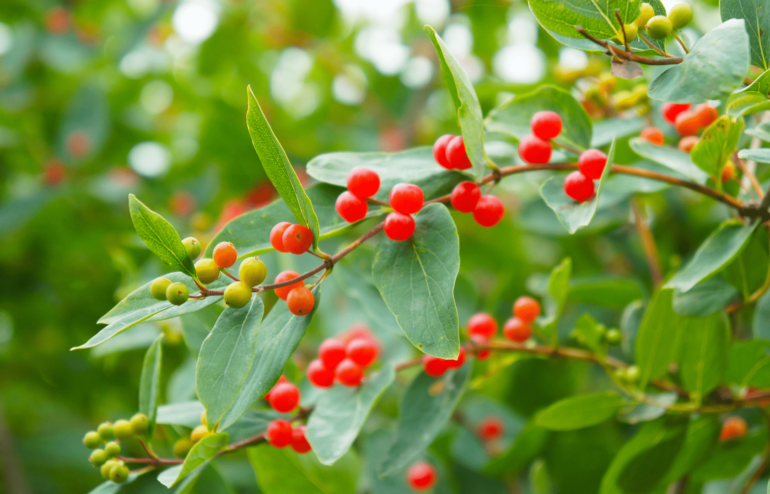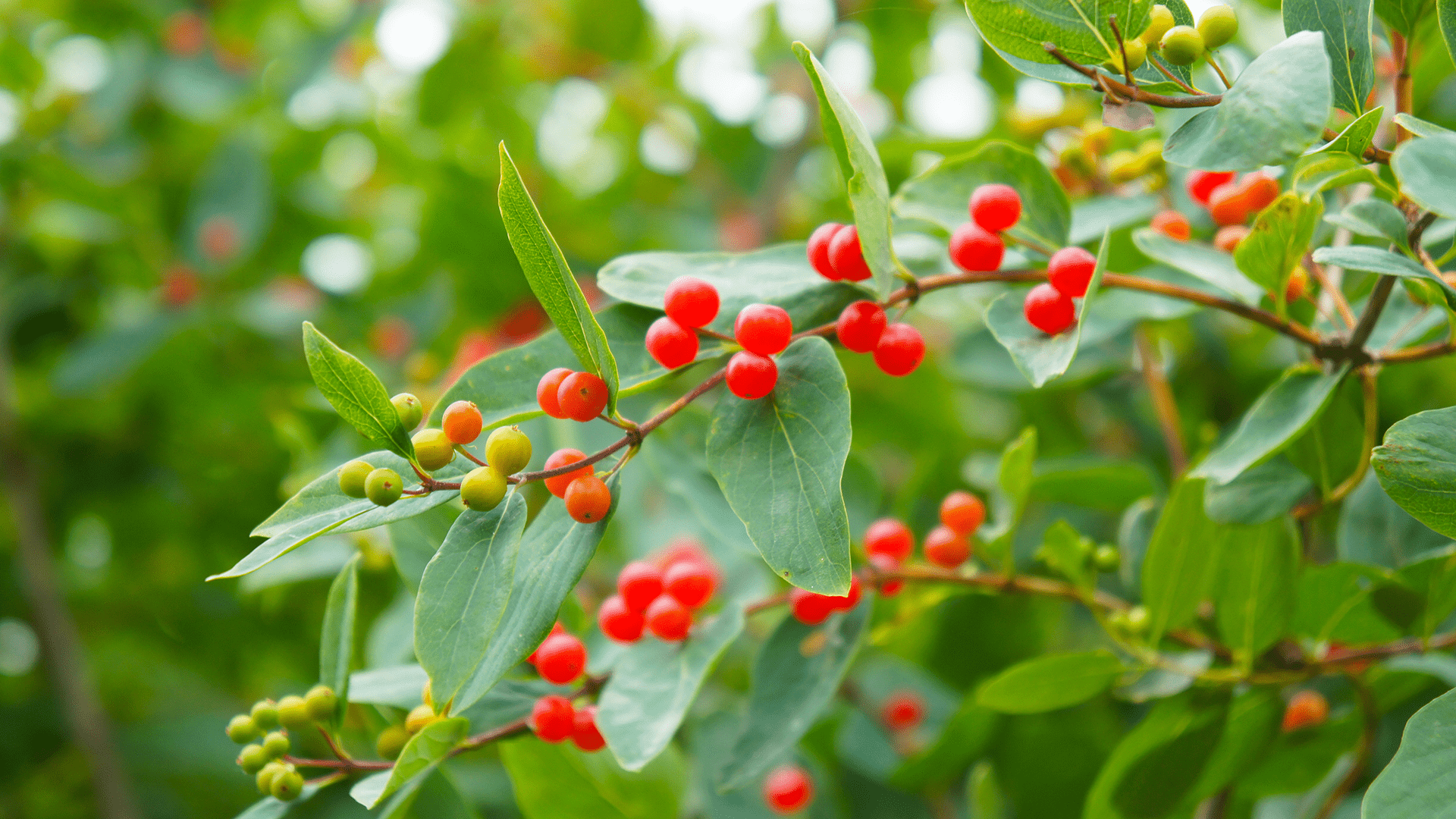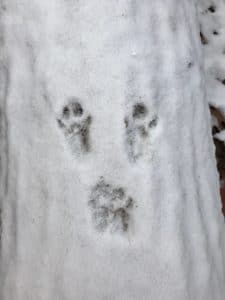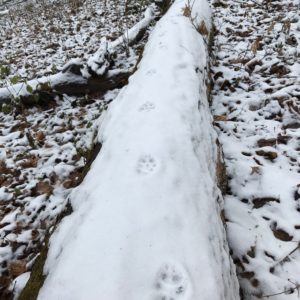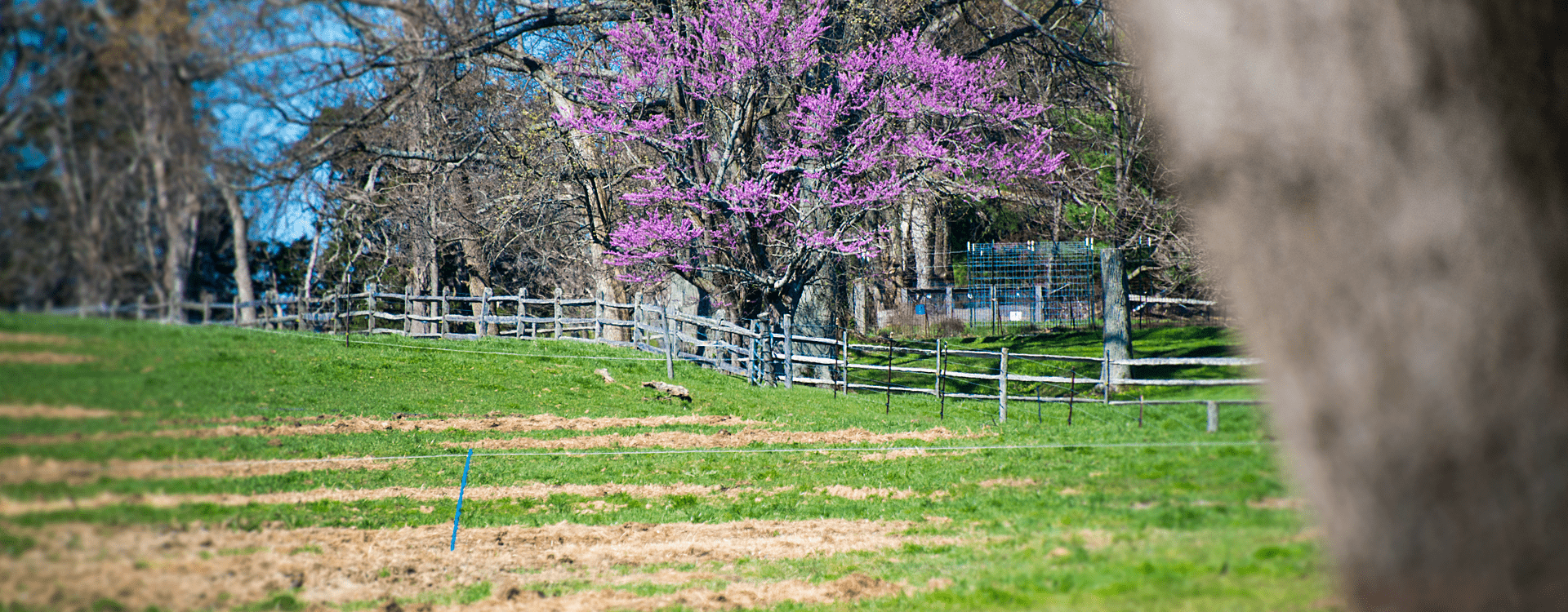
Sit Spot Activity
Tune in with nature by doing a simple activity called a sit spot. Find a comfortable spot out in your backyard, front yard, park, at a window or a parking lot. A sit spot can be done anywhere! Sit for at least five minutes and observe the natural world around you. Share your nature findings with each other. Nature is everywhere, you just have to look!
Having something to sit on: like a tarp, old cushion or jacket is a nice addition and helps keep everyone clean.
A sit spot is a special time for you and your family to connect with nature in a deep way. During this chaos, it is important to remember to slow down, that nature is healing and that we need nature in our lives. Sit spots are a great way to attain stillness, give space for curiosity, and connect to the world around us.
Begin by allowing each household member to find a place to sit in the yard, porch, park or wherever you choose. Let your children know that this can be their special spot, no one else’s. Try to spread out in the space to limit distractions. Be sure to set boundaries so your kids don’t end up in the neighbor’s yard. And now you simply just sit. No talking between each other. No letting your child show you something. I know this part might be hard, but it is important to be patient. Allow stillness and calmness to flow over you as you sit. Ask your children to make silent observations. These could be things they see, hear, smell or touch. We find it’s best to avoid taste when it comes to observing.
Start your first day with just 5 minutes. I recommend using a timer so you can make your own observations without worrying about the time. After the sit spot time is over, get together and let each person share their experience and tell their sit spot story. This is where the magic happens. Kids will notice infinitesimal things that us adults tend to overlook or have stopped noticing. As each observation is shared, ask guiding questions, such as “What color was the bird?” or “Did this smell a certain way?” or “What did you enjoy most about your sit spot?”
Try to do a sit spot every day for a week. Then gently increase the amount of time each day you do a sit spot. You’ll increase observation skills and curiosity. Kids will begin to look forward to the routine and familiarity. And as a bonus, you’ll also have a few minutes of calm each day to look forward to as well!


